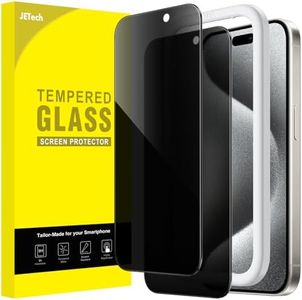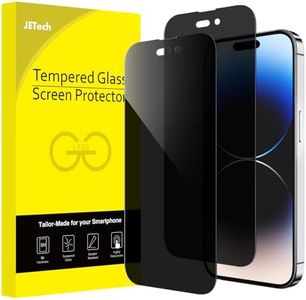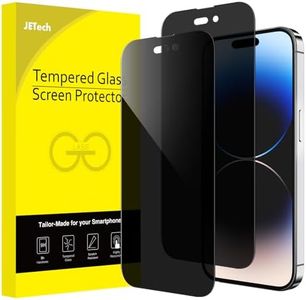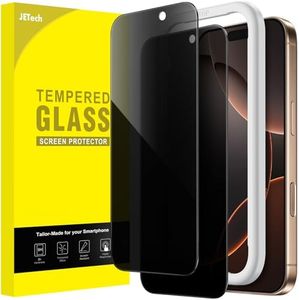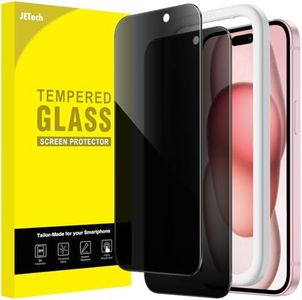We Use CookiesWe use cookies to enhance the security, performance,
functionality and for analytical and promotional activities. By continuing to browse this site you
are agreeing to our privacy policy
10 Best Privacy Screen Protectors
From leading brands and best sellers available on the web.Buying Guide for the Best Privacy Screen Protectors
Choosing the right privacy screen protector is all about understanding your daily habits and where you use your device most. These screen protectors help keep your on-screen information safe from prying eyes, especially in public spaces. When shopping, focus on how much privacy you need, how much you care about screen clarity and touch sensitivity, and whether you value extra protection from drops or scratches. Knowing your routine and where your concerns lie will help you pick a protector that fits your needs.Privacy AngleThe privacy angle determines from what side views people can see your screen. A narrower privacy angle means your screen darkens sooner for anyone who isn’t directly in front of it, which is valuable if you use your device in crowded places like buses or cafes. Wider angles mean a brighter display for you, but less privacy. If you work with sensitive information or value your privacy in public, opt for a narrower privacy angle; if you mostly use your device alone, a standard angle may suffice.
Material QualityPrivacy protectors can be made from either plastic or tempered glass. Plastic is thinner and less noticeable but may scratch more easily and offer less protection for your screen. Tempered glass feels more like the actual device screen and is more durable against drops and scratches, but is usually a bit thicker. If you want the best protection and a premium feel, go for tempered glass; for a slim and flexible option, plastic might suit you.
Screen Clarity and BrightnessPrivacy protection can reduce the brightness and clarity of your display because of the special filter it uses. Some protectors are designed to maintain higher clarity, while others may make your screen look dim or have a slight tint. If you watch videos or work with images often, look for protectors that advertise high clarity or minimal brightness loss. If your main concern is just keeping things private and you don’t mind a slightly dimmer screen, most protectors will suffice.
Touch SensitivitySome screen protectors can make your device less responsive to touch, especially if they're thicker or have lower-quality coatings. Good protectors should not interfere with normal tapping, swiping, or using a stylus. If you use your touchscreen for gaming, drawing, or quick navigation, prioritize options described as highly responsive or touch-sensitive.
Anti-Glare and Smudge ResistanceMany privacy screen protectors include coatings to reduce glare from bright lights and resist fingerprint smudges. Anti-glare features are helpful if you use your device outdoors or under strong lighting, as they make it easier to see your screen. Smudge resistance is useful if you often have to clean your screen. Consider these coatings based on your environment and how clean you like to keep your device.
Installation MethodScreen protectors use different methods to attach to your device—some are adhesive-backed, while others use static cling or other removable methods. Adhesive ones usually stay on better and look cleaner, but are harder to reapply if repositioned. Cling or removable types are easier to install but may peel at the edges over time. If you feel confident installing and want durable results, go for adhesive, but for easy adjustment or temporary privacy, look for removable options.
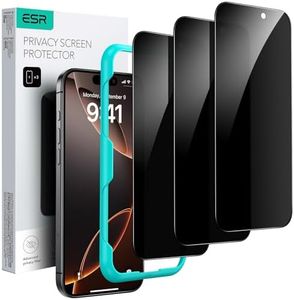
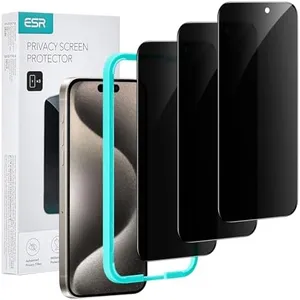
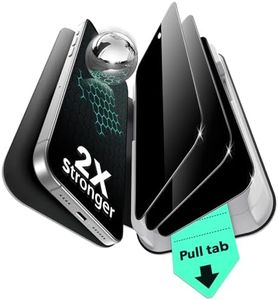
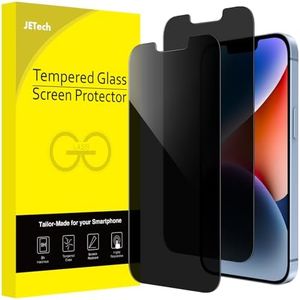
![ESR 3 Pack 9H+ Glass for iPhone 16 Pro Max Privacy Screen Protector, [Military Grade Shatterproof & Longest Durable] Armorite Anti-spy Tempered Glass with UltraFit Tray](https://images-proxy.bestreviews.guide/sbZyfzVobG54Y4pcQe6jN7Rmg9o=/0x300/https://m.media-amazon.com/images/I/41IyxEn4CdL._AC_CX679_.jpg)
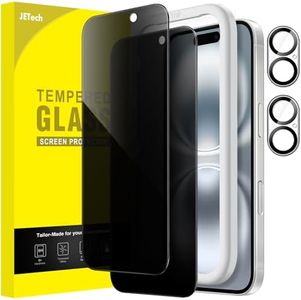
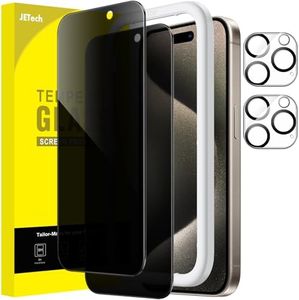
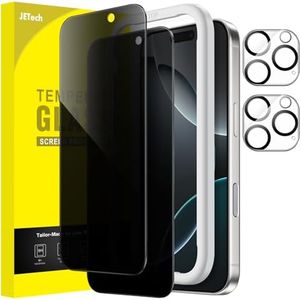
![[2 Pack] KATIN Privacy Screen Protector for iPhone 16 6.1-Inch Anti-Spy Tempered Glass Film, Anti-Scratch, Case-Friendly](https://images-proxy.bestreviews.guide/0RikLUJP7C0LqcSApe2MjdoHFeM=/0x300/https://m.media-amazon.com/images/I/41yfI7QcXXL._AC_CX679_.jpg)
